I just ordered the English translation of Zuidema’s work,
The Inca Calendar, the Ceque System, and their Representations in Exsul Immeritus
The devil may be in the details, but the concept is a much bigger picture.
Zuidema may have thought he was studying a calendar. I think he was studying a calendar, and a solar system, and when it was catastrophically damaged various times as chronicled in Manetho’s History of Egypt.
Here are excerpts from Zuidema’s book. Scroll down towards the end and I have some thoughts about connections to Mayan Calendar and the Voynich Manuscript.
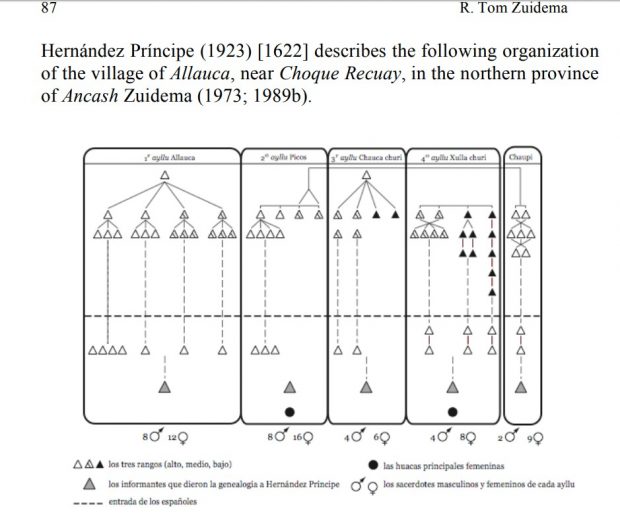
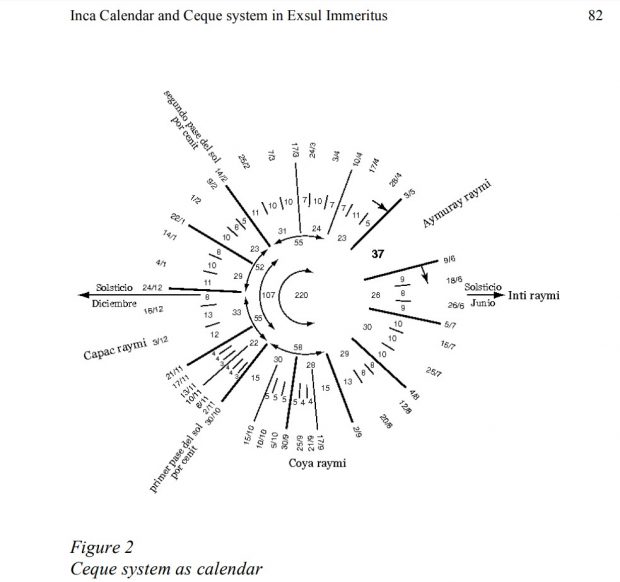
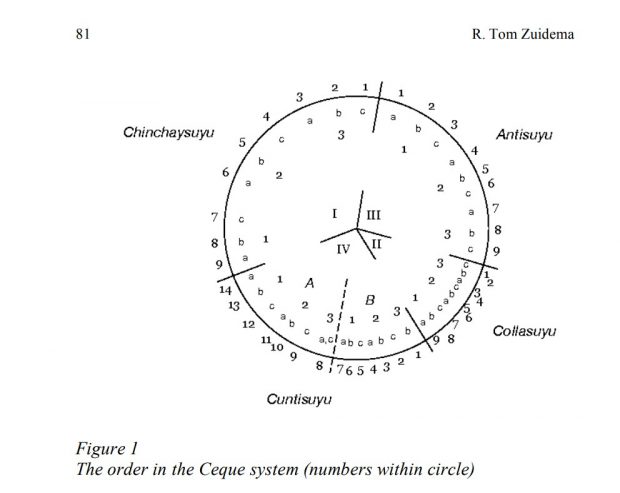
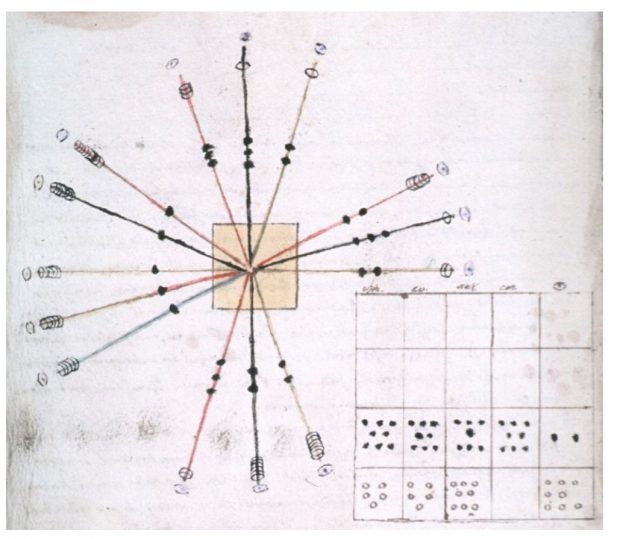
The first thing I did just now was count the dots and the beads. There are combinations of one to nine beads. One to Nine beads could represent the Nine planets in our Solar System.
In the five by four grid there are two to nine dots in a given square. I saw this method of representing what seems to be calendar events tied to certain planets while studying the Voynich Manuscript. Twenty squares could represent twenty Inca months in a year. The dots could represent which months a particular planet was visible or dominate in the sky. It should be possible to figure out what year this particular sequence of planets visible in the southern night sky represents.
The long “sticks” with the round beads on the ends are arranged in what seems to be a very specific layout. When I study the “beads” on the end of the stick, I notice that there are no more than nine on a stick. There seems to be an indication of rotation of the stick or beads. The colors may have something to do with the holiness of a given “stick”. Red is the holiest color. Maybe the red “sticks” are holy months.
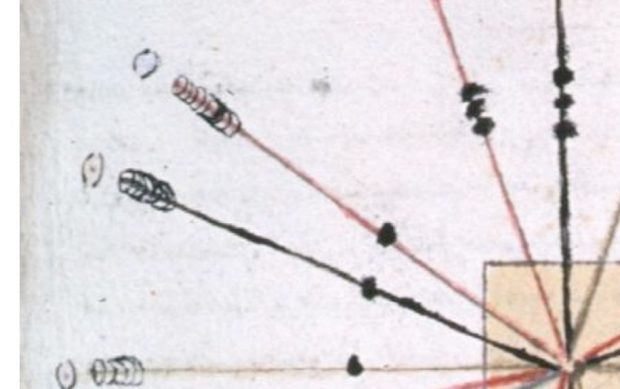
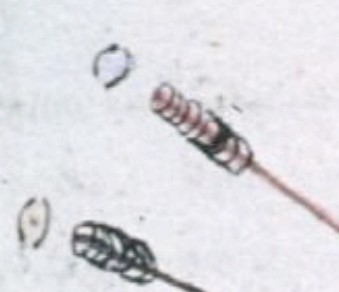
The “stick” and the “beads” seem to be rotating. Notice what looks like two arrows indicating rotational direction.

The tan square could represent the Inca village of Allauca. Standing in the middle of the village and looking “up” at the rotating beads on the sticks, they would be rotating counter clockwise, the same direction that the planets orbit the sun.
Comparing the beads and their arrangement to the Voynich was an easy leap.
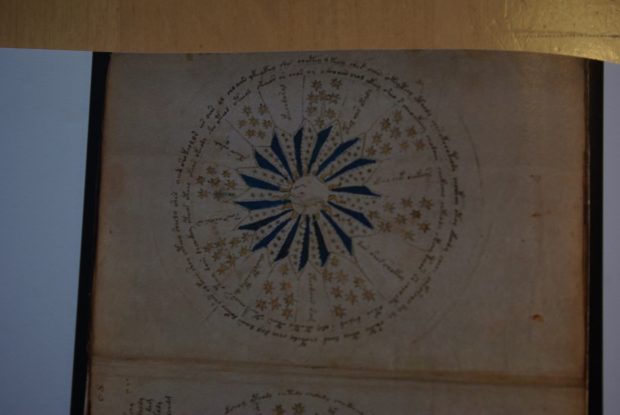
Two thirds into the manuscript, calendar wheels similar to the Maya, Aztec, and Inca systems appear.
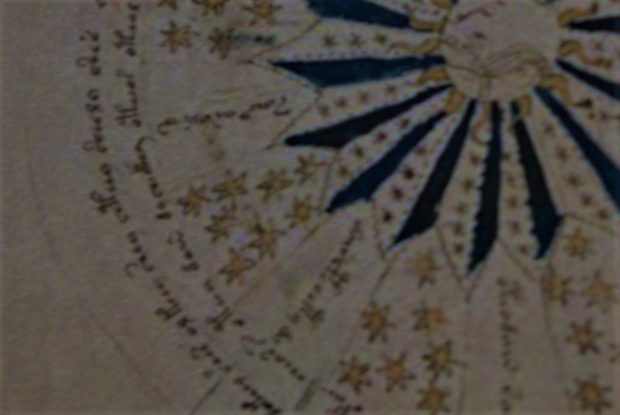
Clusters of Maya style planet symbols fill various months in various quantities. Most are Mars (six points), Earth (seven points), and Venus (eight points). The Maya, apparently the author of the Voynich, and the Inca may have all counted the planets from the outside of the Solar system in. This may be because they knew that the center of our solar system lies beyond Pluto.
I think the Inca beads on the sticks arranged in a circle mimic the Voynich planet symbol clusters arranged around the sun, which mimic the Mayan numbering system for the planets.

Why do I think that? Glad you asked. Notice the Inca stick with the nine beads. Count down from the outside in and you hit the seventh…a black bead. Nine beads for nine planets. The seventh planet is….
Maybe Earth?
What does this mean? I will add to this page after Zuidema’s book arrives.
11:10 PM Update:
I overlaid the village sketch from Zuidema onto Manetho’s History of Egypt Timeline
I think this is astonishing.
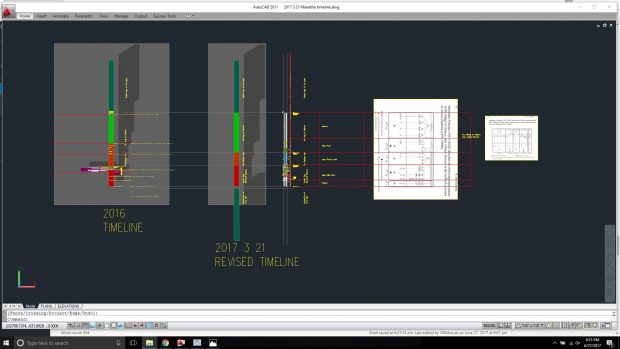
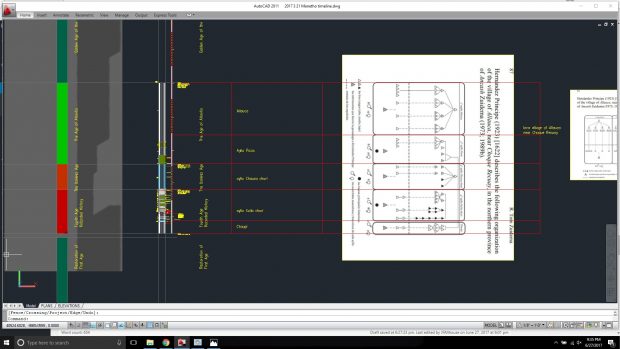
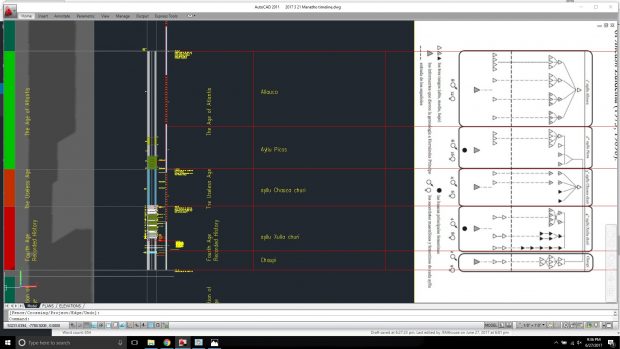
To the left are the Mayan Ages.
The upper Green Bar is the First Age that ended in a massive flood.
The Light Green Bar is the Second Age that ended in a tilting of the Earth.
The Orange Bar is the Third Age or “Useless Age” that ended with a global war using weapons called Thunderbolts capable of melting cities and turning a third of the world into desert.
The Red Bar is our present Age. The Maya say it ends in 4077 AD. A massive fire event causes the Age to end.
The lower Green Bar is a future Fifth Age that is a full restoration of the original First Age.
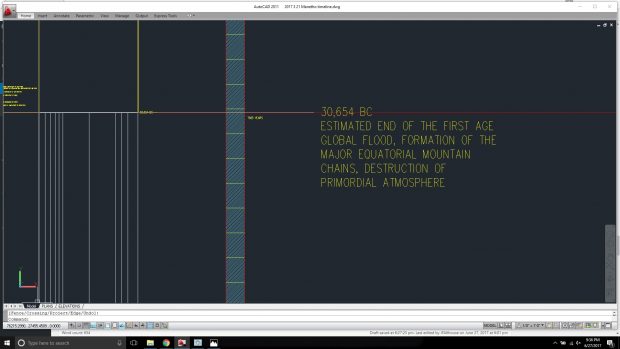
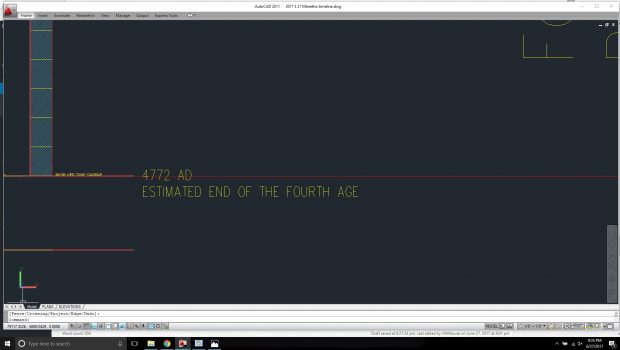
I rotated the village diagram and aligned the upper and lower boundary lines with the end of the First Age and the future end of he Fourth Age
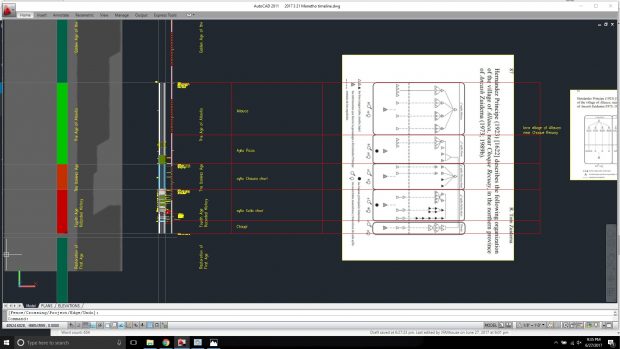
Incredibly, the other village boundary lines align with the other Mayan Age ending events too.
The Autocad diagram is set to one inch equals one year. By simply using the Autocad to measure the distance from one line to the next, I can instantly see how many years that distance represents and determine the accuracy of the diagram as a calendar.
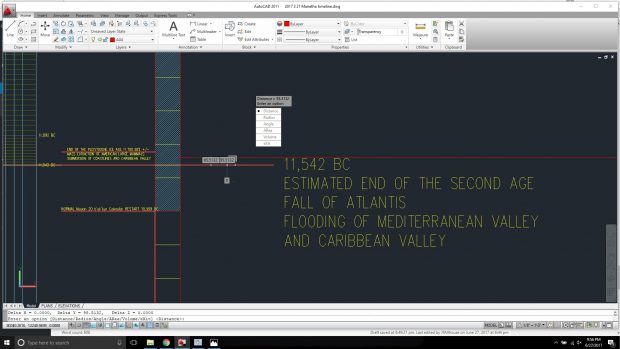
According to Manetho the end of the Second Age and the Fall of Atlantis happened in the year 11,542 BC. This was based on studying the events chronicled by Manetho and comparing those events to Plato’s account of when the global disaster happened. Plato only gave a time rounded to thousands of years. I looked at the clustering of Manetho’s disasters around that time period and interpolated the date of 11,542 BC. The Inca village diagram seems to be acting as a graphic record of the Inca Ages of History. The Second Age ending event lines up nicely and may confirm when the end of the Second Age happened and when the last so called Ice Age ended to within the year.
The Inca village diagram scales to within 95.5 years of the date I interpolated between Manetho and Plato.
The Inca alignment matches within 99.2% of Egyptain Manetho and Greek Plato.
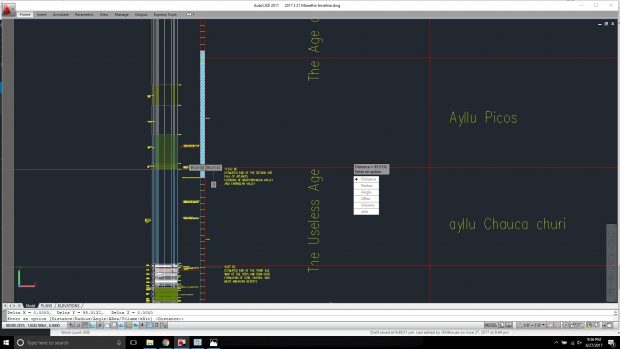
The end of the Third Age or Useless Age aligns with the Inca data. The accuracy is 98%
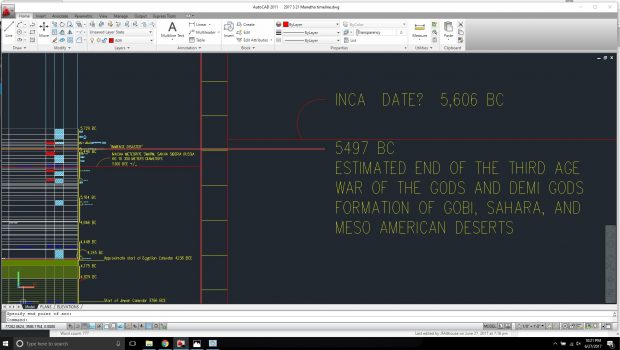
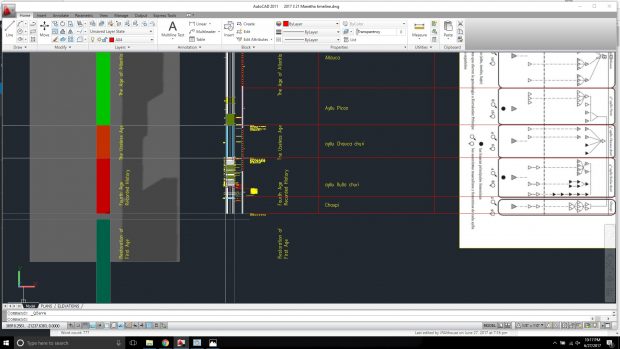
Thanks to fuzzy dating Plato, more accurate dating Manetho, and the energetic Inca making their villages giant graphs of the entire history of the ancient world, we may have a good toe hold on recovering ancient written history that was so methodically destroyed by a few powerful men, now long dead, who sought power, gold, and fame.
And probably nobody would be able to name them if I didn’t print them here.
Good night.